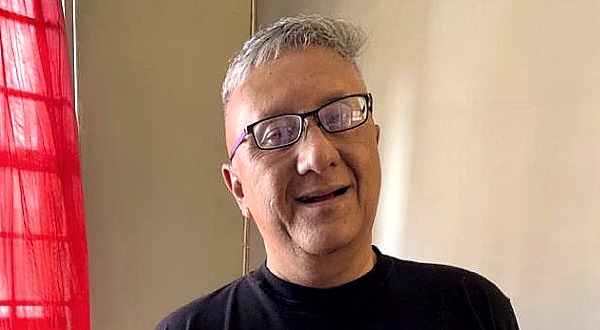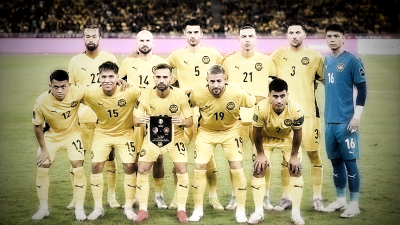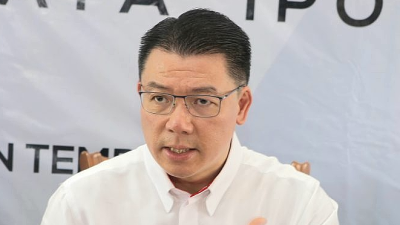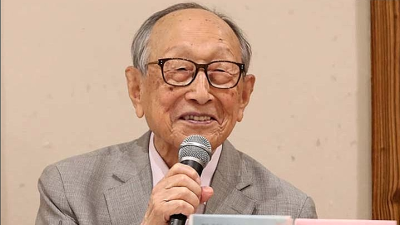
There are two types of “surat layang”, generally speaking that is.
Type one: “surat layang” which is translated as “poison pen letters” is defined as “letters in which very unkind, unpleasant, abusive and malicious statements or accusations are written about the recipient of the letters or a third party”.
The letters are usually sent anonymously. Obviously the word or term “poison” is used figuratively.
As I see it, poison pen letters are most times about politics – written by members of political parties about politicians from their own parties whom they are at odds with.
The letters are sent to many, if not all, members of the said parties. In such instances, poison pen letters would appear during party elections.
My personal experience in covering party elections, in particular Umno’s many years ago, “introduced” me to this “surat layang culture”. More about this later.
Type two are letters by whistleblowers exposing abuse of power, corruption and other ills in companies, organizations and even governments which in my opinion cannot or should not be translated as “poison pen” letters.
To me, that would be “exposé”.
Truth or lies would be up to the authorities receiving the letters to investigate.
Such letters are also sent anonymously for obvious reasons.
Anyway in Malay, the term “surat layang” is also used for such “exposé letters”.
Anyway for this article, the focus is on type one, i.e. poison pen letters in politics.
As said earlier, I came to know about “surat layang” during Umno elections long time ago which I covered as a young reporter.
There were camps in Umno then (come to think of it, there are still camps in the party now) fighting for control.
The fights, or should it be “wars”, were vicious and bitter, like all wars and conflicts.
And that’s when “surat layang” came into the picture with all sorts of accusations – from corruption to sex scandals, you name it they had it – leveled against Umno leaders jostling for positions in party elections.
And the letters were penned by members of opposing camps and distributed widely among party members, especially those eligible to vote.
And there would be counter-accusations naturally.
Things would only quieten upon conclusion of elections. Only for “surat layang” to reface come the next party election.
Those were “good old days” of Umno wars (pun intended).
With the advance of the digital era, “surat layang” slowly disappeared. But the vicious attacks against party leaders continue via, yes you guess it, social media.
But as put by former NST group editor Datuk Syed Nadzri Syed Harun, the highly “ballistic missile dispatch that assassinates a targeted person’s character and once widely used in the 1970s and 1980s has changed its essence and texture”.
In an article headlined “The dying art of the surat layang” published in December 2016, Syed Nadzri wrote: “The largely anonymous piece of caustic essay has gone electronic like everything else and this has taken out much of its deadly sting.”
According to him, “This is so since on the Internet nothing can be totally anonymous as the source of postings are ultimately traceable, hence allegations made are almost always not as unadulterated and skeptic as the conventional flying letters.”
Based on Syed Nadzri’s take on the matter, I need to ask if that could be the reason for “surat layang” to be on the comeback trail? Is there a comeback in the first place?
Well, a few days ago, an Umno grassroots leader posted on Facebook to say he had received a leaflet entitled “30 dalil mengapa Zahid Hamidi perlu letak jawatan sebagai presiden Umno”, or “30 reasons why Zahid Hamidi should step down as Umno president”.
According to the grassroots leader, this is the second time the leaflet was published and in all probability, all leaders at the Umno grassroots level have received it.
Obviously this grassroots leader is pro-Datuk Seri Ahmad Zahid Hamidi, the Umno president. He is alleging that people behind the leaflet “are so desperate as to have come up with big expenditure to spread slander”.
“There is no need to do all this, just be a gentleman and contest the (party) election,” wrote the grassroots leader taking aim at those who had published the leaflet or those who had sanctioned its publication.
For the record, the Umno party election was scheduled end of last year but had to be postponed due to several issues in particular the COVID-19 pandemic.
And a few days ago, Malaysiakini quoting sources reported that Umno’s application to hold its election this month was turned down by the National Security Council on the grounds of rising number of COVID-19 cases in the country.
Anyway, the rift between the Zahid camp and the pro-Bersatu forces in Umno is for all to see.
With Zahid at the helm, Umno has decided to sever ties with Bersatu led by Tan Sri Muhyiddin Yassin.
It’s a given Bersatu would be eager (if that’s the right word to use) to see its allies in Umno topple Zahid and take over the presidency and control the entire party.
Back to the anti-Zahid leaflet. Well, that leaflet is a form of “surat layang”. In fact, it probably is one.
An Umno insider tells me that the leaflet, or as he calls it, “risalah” contains 32 pages “raising old points which have been addressed before”. He did not go into specifics though.
According to the insider, the leaflet is believed to have been mailed from Johor based on the postal stamp on the envelopes.
“Those responsible for doing this could have used the old Umno data base to get the addresses of people they want to reach.”
He suspects this could be the work of Umno people who had access to the old data because new data is being handled by a new team appointed by Zahid.
“I can’t say for sure if they are now members of Parti Bunga or are still Umno members supporting the Kluster Menteri,” says the party insider.
“Parti Bunga” is a reference to Bersatu whose logo is the Bunga Raya graphic while “Kluster Menteri” is made up of Umno ministers who are in the Muhyiddin administration.
As the Umno insider sees it, the fact that the “surat layang” format is used at a time when social media is widely preferred “shows signs of old people with big ambition at play”.
I can’t comment on the said leaflet as I have not seen it. Hence I do not know what the allegations are against the Umno president, what have been answered, what have not or who is right or who is wrong.
But I can say this bit. Whenever there is a war in political parties, and in this case in Umno, there are no holds barred, all tactics will be used, regardless old or new.
To the warring factions, do whatever it takes as long as the desired objective is achieved.
(Mohsin Abdullah is a veteran journalist and now a freelancer who writes about this, that and everything else.)
ADVERTISEMENT
ADVERTISEMENT






































